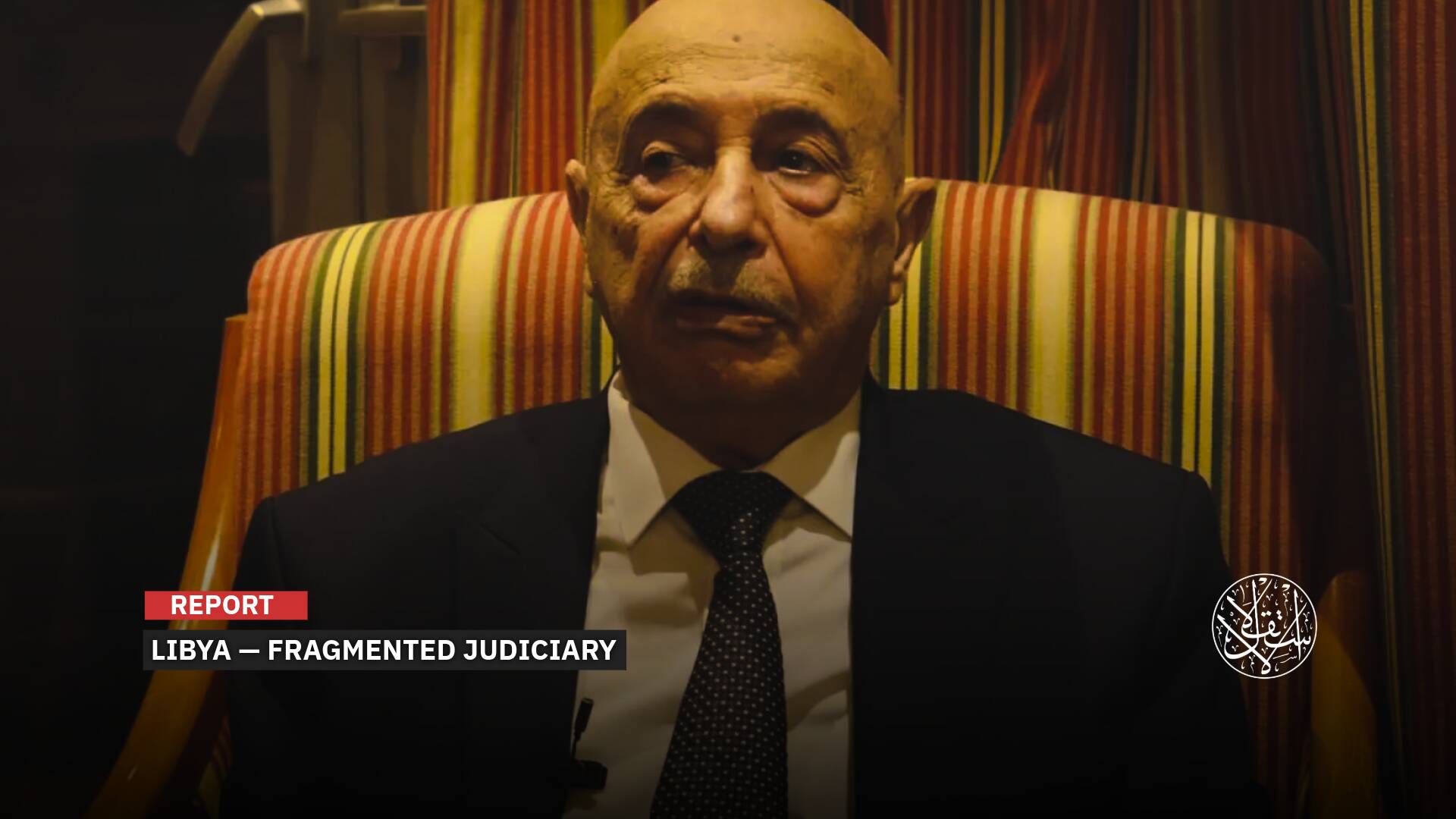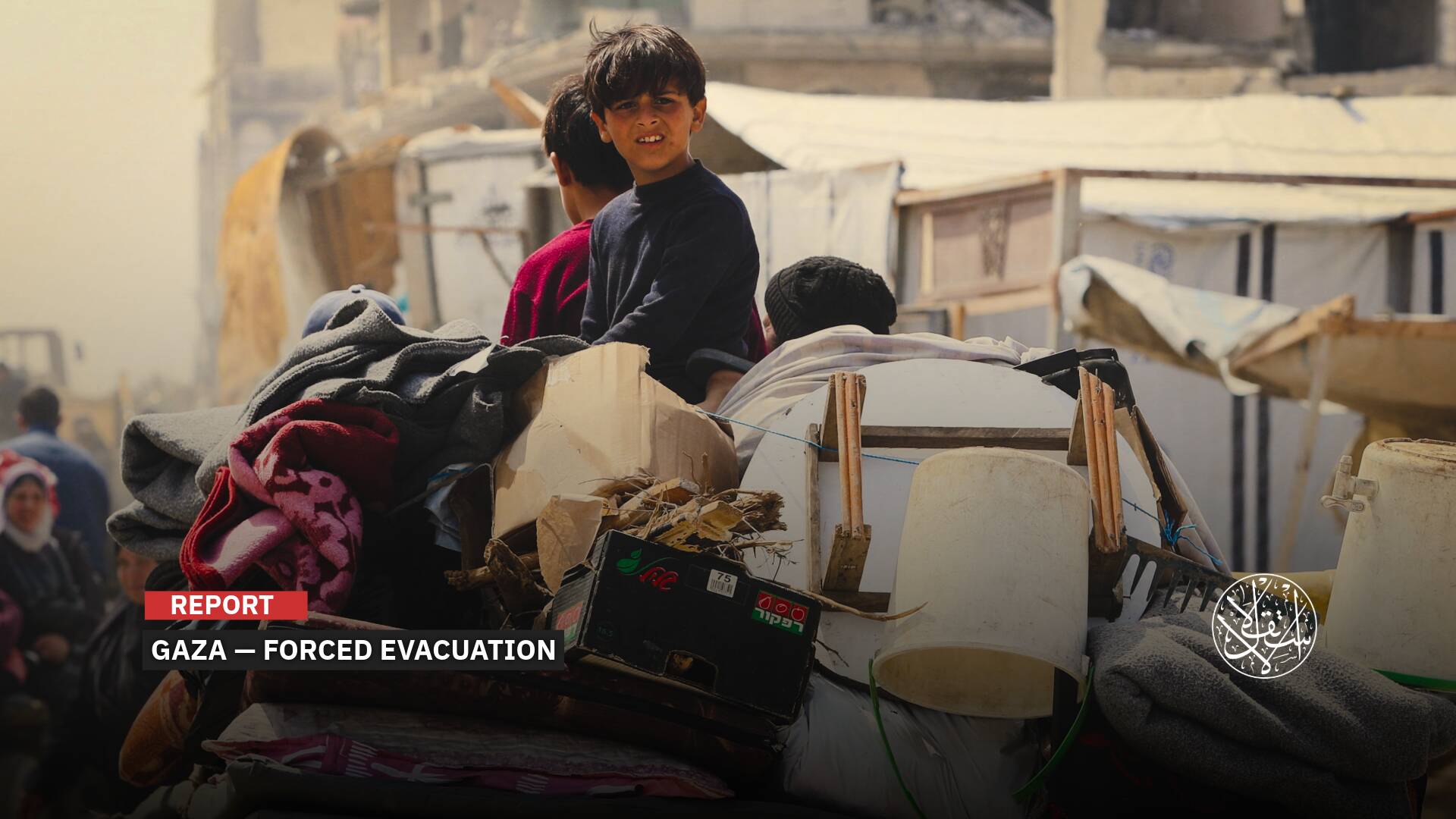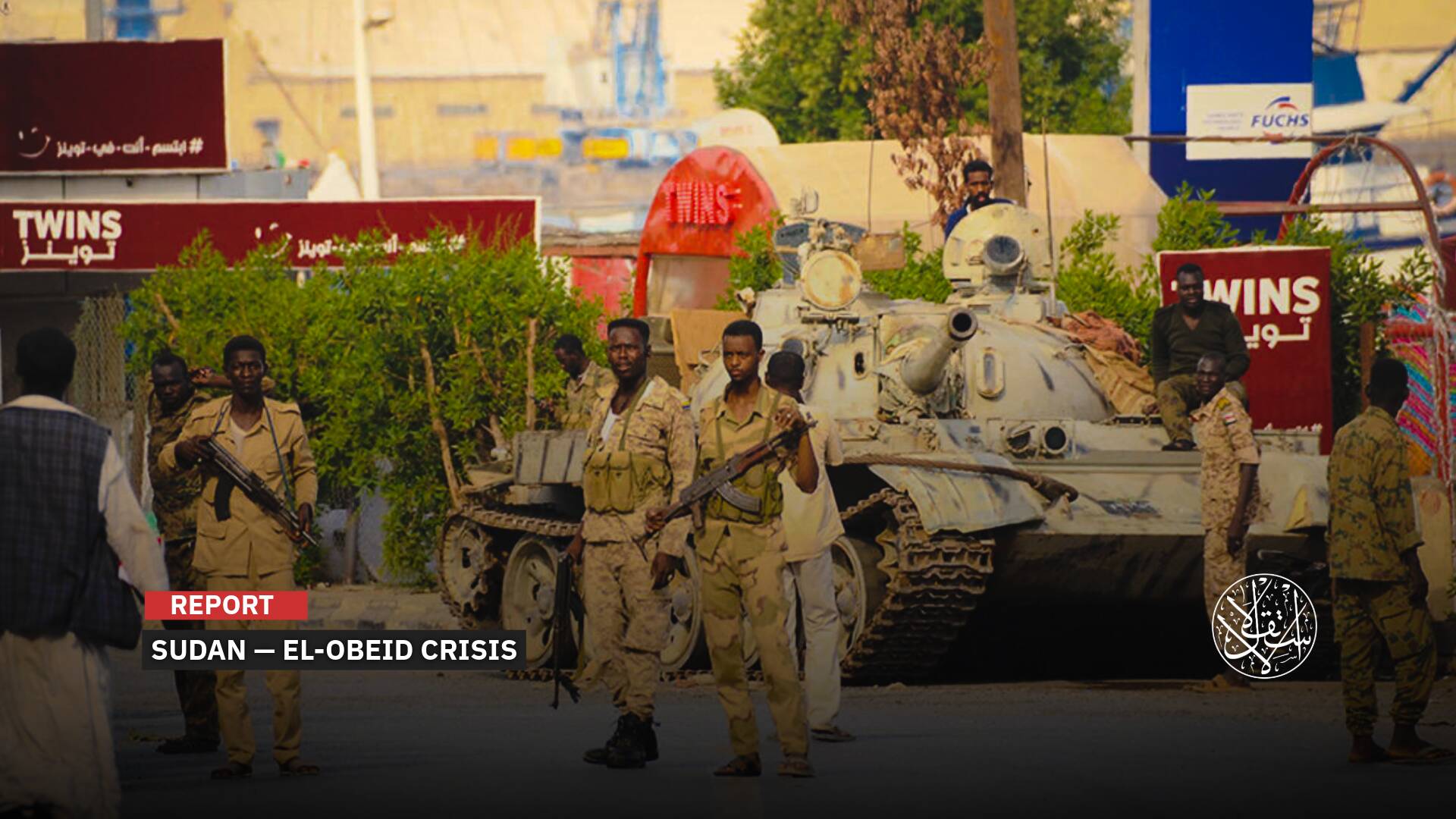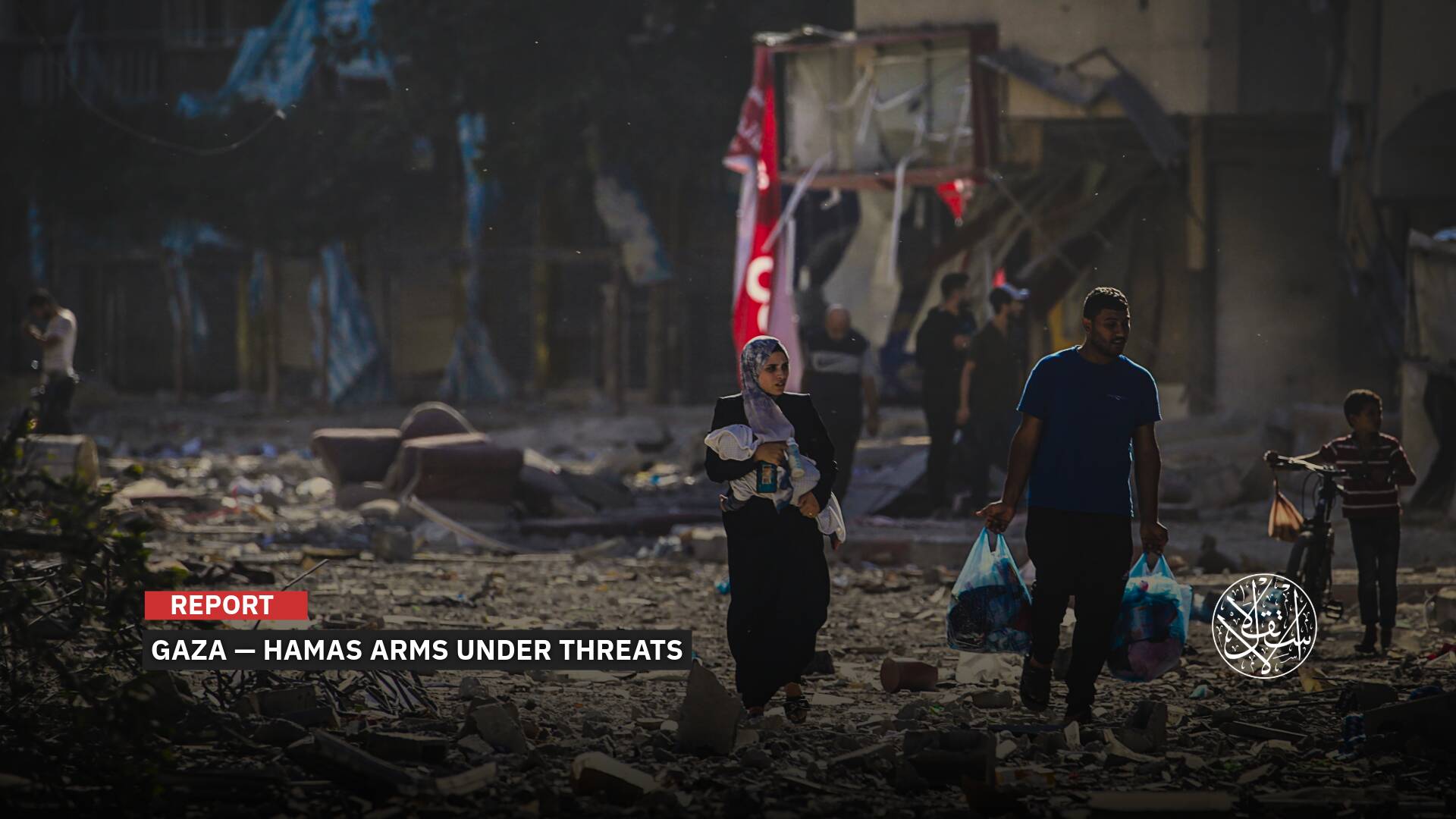From the Fire of War to the Desert of Death: What Is Happening to Sudanese Refugees in the Chadian Desert?

Over the past two months, more than 30 Sudanese refugees have died in Chad.
In dilapidated tents on the barren outskirts of the Chadian desert, tens of thousands of Sudanese refugees who fled the horrors of devastating war in their homeland now eke out a precarious existence in search of safety.
Yet, they had no idea that their tragedy would not end at the borders of displacement.
Instead, new chapters of suffering have unfolded: hunger ravages children, disease ravages the bodies of women and the elderly, while a breakdown in security has emboldened gangs and criminals to prey upon them.
The camps have become open-air graveyards, where refugees scavenge for scraps to survive the day.
Some have resorted to eating tree leaves and livestock feed, while thousands of children go to sleep with empty stomachs, according to field testimonies.
Amid a severe lack of aid and humanitarian organizations’ inability to reach them safely, the death toll grows silently with each passing day.
Gaga Camp
A tragic example of the plight faced by Sudanese refugees in Chad can be seen in the dire conditions of the Gaga camp, located in the Wara region.
Home to more than 50,000 refugees, it is a shelter without sufficient food, clean water, or even basic security.
On May 26, 2025, the Sudan Doctors Network reported that over the past two months, more than 30 refugees, mostly women and children, had died from severe malnutrition, lack of medical care, and hunger alone. In the week preceding the announcement, 13 lives were lost in this forgotten camp.
Dr Mohamed Faisal, spokesperson for the Sudan Doctors Network, said, “The situation worsens by the day. Food shortages and lack of healthcare are driving many to risk the perilous journey back to Darfur on foot, despite the dangers.”
“A few weeks ago, three women died on the road during their attempt to return, unable to endure the long distances under the scorching sun,” Faisal added.
The refugees’ ordeal in the Chadian camps extends beyond hunger and disease to encompass a stark absence of security, compounded by a severe shortage of police tasked with their protection.
At the sprawling Gaga camp, just three police officers are responsible for guarding tens of thousands of residents, leaving the camp vulnerable to widespread abuses.

21 Camps
Testimonies from several women reveal that they have been subjected to brutal beatings and physical assaults by residents of nearby villages while collecting firewood in surrounding areas.
The threats do not end there. In early April 2025, Chad’s cash assistance office was targeted in an armed attack, resulting in the theft of three months’ worth of aid payments intended for Sudanese refugees.
Five refugees were seriously injured during the assault.
As security deteriorates and the crisis deepens, hundreds of Gaga camp residents staged a protest outside the offices of the UN Refugee Agency, demanding genuine protection and increased food aid.
Despite repeated calls from international relief organizations for improved security for their workers in the camps, Chadian authorities have yet to respond, leaving the camps vulnerable to chaos and hunger.
The story of the Gaga camp is but one part of a widespread ordeal spanning more than 21 camps across eastern Chad, including Hajer Hadid, Arkoum, Alasha, Doki, Maaji, Abu Tengi, Malha, Zabout, Farshana, Bark, Mora, Um Kharouba, and Tangori, as well as a temporary camp in the city of Adre.
These forgotten Sudanese refugees struggle to survive day by day, with no glimmer of hope on the horizon to end their suffering—a suffering that, if left unchecked, threatens to escalate into a far greater humanitarian catastrophe without urgent international intervention.

Dark Shadows
According to a report released by the UN Refugee Agency on April 7, 2025, an unprecedented wave of cuts to global humanitarian funding is casting a dark shadow over the plight of Sudanese refugees in Chad.
This sharp decline in funding has forced the closure of numerous clinics, schools, and protection programmes for women and children vulnerable to violence and exploitation within the camps.
The report highlighted that reproductive health services have been particularly hard hit, with the maternity ward, which provided essential medical care to pregnant women, forced to shut down completely.
As a result, a growing number of women are compelled to give birth at home without any medical supervision, leading to a marked increase in maternal and infant mortality rates.
According to UNHCR data, Chad currently hosts approximately 1.3 million forcibly displaced people, including over 760,000 Sudanese refugees who have fled the raging conflict in their homeland since it erupted in mid-April 2023.
As Sudanese families—mostly women and children—continue to cross the border daily, pressure mounts on Chad, one of the world’s poorest countries, already burdened by harsh climatic conditions, internal conflicts, and economic fragility.
In a development that deepens the Sudanese displacement crisis, the UN Refugee Agency reported a sharp surge in the flow of Sudanese refugees into eastern Chad over the past two weeks (late April to early May), with around 20,000 new arrivals—mostly exhausted women and children traumatised by the horrors of their journey.
In a further statement on May 8, 2025, the agency noted that more than 10,000 others remain desperately trying to cross the border, fleeing escalating violence in northern Darfur.
The recent waves of displacement follow deadly attacks by armed groups on IDP camps in northern Darfur, including the camps of Zamzam, Abu Shouk, and the city of al Fashir, which have sparked widespread terror among civilians.
On April 13, 2025, the Rapid Support Forces militia (RSF) declared control over the Zamzam camp in the city of al Fashir following days of intense fighting with the Sudanese army.
According to UN estimates, the clashes left at least 400 dead and displaced more than 400,000 people from their homes.
The UN Refugee Agency relayed harrowing testimonies from new arrivals at the Chadian border, who reported horrific acts of violence including the killing of men, sexual assaults on women and girls, and entire villages set ablaze, forcing them to flee for their lives.
In response, the agency has called for an immediate end to attacks on civilians in Sudan and the establishment of safe corridors for those escaping the violence.
It has also urged the international community to show urgent solidarity and provide emergency funding to ensure protection and humanitarian aid for refugees stranded in camps along the Chadian border.

Rescue Efforts
At a press conference on November 25, 2024, Chad’s foreign minister, Abderaman Koulamallah, shed light on the complex political and humanitarian landscape in the country amid the escalating Sudanese refugee crisis.
When asked by a reporter from Deutsche Welle about what his country was doing to prevent arms shipments from crossing into Sudan through its territory—and to protect refugees—Koulamallah replied, “I personally do not know of any country transporting weapons there. I swear here before God, if I knew, I would say so.”
The minister’s statement was met with local scepticism.
The national coordinator of Chad’s Human Rights Association, Baldal Ouyamta, told Deutsche Welle, “What answer do we expect from a minister protecting his own interests?”
He said that addressing the refugee crisis was one matter, while political and military interests were an entirely different issue, pointing to the delicate role Chad plays in the Sudanese conflict.
The German report highlighted ongoing efforts by UN agencies to provide the bare minimum for Sudanese refugees streaming into eastern Chad.
To date, some 21 refugee camps have been established across the country, each designed to accommodate around 50,000 people, according to Pierre Camara of the UN Refugee Agency.
However, he stressed that establishing these camps in the barren, dusty regions is an extremely challenging task due to the complete absence of basic infrastructure.
“Everything must be built from scratch, which is an immense undertaking—there is no water, electricity, healthcare, or schools,” he said.
The situation is further compounded by a severe funding shortfall. Only 29 percent of urgently needed international aid has been pledged, threatening to turn the crisis into a forgotten catastrophe, Camara warned.
He also emphasized the urgent need to build at least five additional camps to accommodate the steadily rising number of refugees.
In an effort to ease the crisis and prevent tensions between refugees and local communities, UN relief agencies are working closely with the Chadian government to allocate patches of farmland around the camps.
This aims to enable refugees to grow their own food and achieve a degree of self-sufficiency.
Alexandre Le Cuziat, deputy director of the World Food Program, said, “We are helping refugees cultivate the land and grow vegetables to support themselves, while also engaging local communities to ensure that conflicts over scarce resources are avoided.”
During her visit to the region, then-German development minister Svenja Schulze emphasized that returning to Sudan in the near future seemed almost impossible for most refugees.
“That is why allocating farmland to refugees and host communities represents a very progressive approach—anyone with land can secure their own livelihood,” Schulze said.










